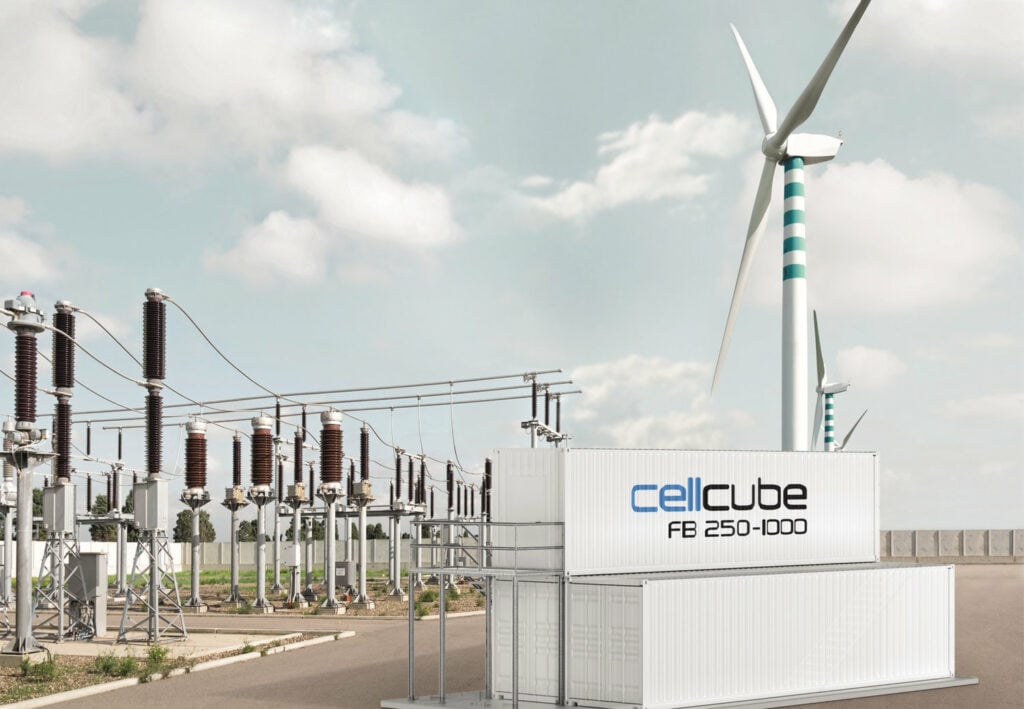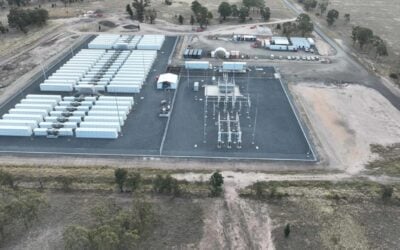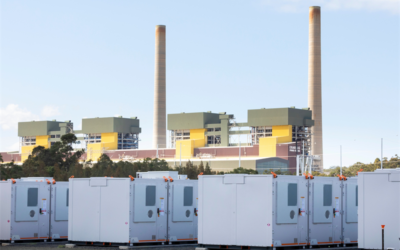
Flow battery maker CellCube and energy storage developer North Harbour Clean Energy are in talks to build factory in Australia with 1GW/8GWh annual production capacity.
CellCube, headquartered in Europe, said today that it has signed a strategic cooperation agreement with North Harbour Clean Energy (NHCE) for the construction of an assembly and manufacturing line of vanadium redox flow batteries (VRFB) in the Australian east.
The partners want to target opportunities for long-duration energy storage (LDES) assets like flow batteries to participate in the Australian National Electricity Market (NEM).
As the transition to renewable energy accelerates, there is projected to be a growing need for energy storage in the NEM to fill in gaps when the sun or wind aren’t shining or blowing and meet peaks in energy demand which don’t match up with those generation profiles.
Try Premium for just $1
- Full premium access for the first month at only $1
- Converts to an annual rate after 30 days unless cancelled
- Cancel anytime during the trial period
Premium Benefits
- Expert industry analysis and interviews
- Digital access to PV Tech Power journal
- Exclusive event discounts
Or get the full Premium subscription right away
Or continue reading this article for free
The Australian Energy Market Operator (AEMO), which oversees the NEM said in June that by 2050, that need will total about 46GW/640GWh.
That strongly suggests technologies that offer several hours of storage duration or more will need to be prominent in that mix, alongside plenty of lithium-ion batteries and other technologies that will be more in the >1-4 hour duration range.
NHCE founder and managing director Tony Schultz said today that the pair will review and select a site to deliver production capacity “of at least 40MW/160MWh” and with a longer-term target of 1,000MWh/8,000MWh per year. However, Schultz did not put a timeframe on those aspirations
Initially, CellCube and NHCE will turn their focus to co-developing what would be Australia’s biggest VRFB project to date. Based on CellCube’s proprietary technology, that would be a 4MW/16MWh system.
In terms of their manufacturing ambitions, what comes next is a feasibility study and other work towards a Final Investment Decision on what would be a 50:50 owned joint venture (JV).
Homecoming for vanadium flow battery
In July, NHCE got backing from a major Australian institutional investor. Superannuation fund Aware Super, which manages around A$155 billion (US$104.67 billion) of customers’ savings, invested in the company. NHCE itself is a new company aiming to develop, own and operate long-duration storage assets in the form of pumped hydro energy storage (PHES) and flow batteries.
That followed a deal signed by NHCE in May with Australian Vanadium, a startup looking to establish a vertically integrated flow battery business in the country from extraction and processing upwards.
Australian Vanadium “hopes to be in a position to supply vanadium electrolyte” for CellCube-NHCE’s first 16MWh project and subsequent projects, a source close to the company told Energy-Storage.news today. Australian Vanadium currently seeks financing for a vanadium pentoxide (V2O5) electrolyte plant.
The homecoming of sorts continues for vanadium flow batteries, which were invented in Australia at the University of New South Wales in the early 1980s but have only really kicked further into commercial development in recent years as initial patents expired and the need for LDES options becomes more apparent.
The largest project announced in the country to date has been an 2MW/8MWh system in Yadlamalka, a rural part of South Australia. Anglo-American VRFB company Invinity Energy Systems was picked to supply equipment to that project, which was announced in late 2020 and is being part-funded by the Australian government.
Flow battery technology of a different kind may also be produced in the country within a few years. US company ESS Inc has licensed its proprietary long-duration battery technology, which uses and electrolyte based on iron rather than vanadium, to Energy Storage Industries Asia-Pacific (ESI), an Australian company that wants to manufacture and sell the systems in the Asia-Pacific region.





